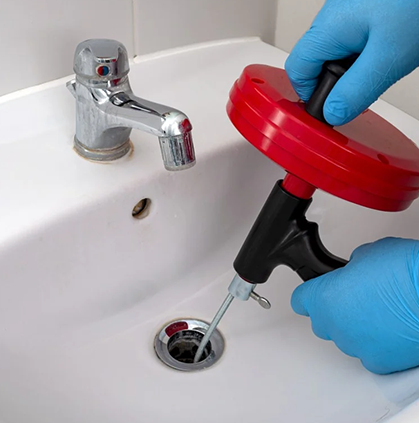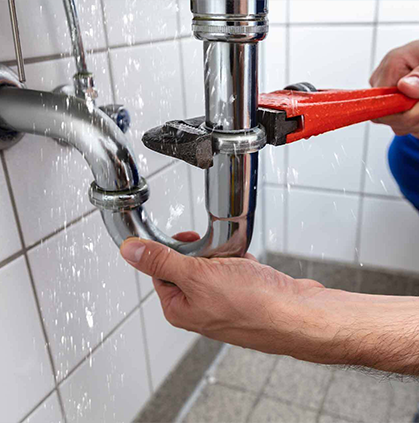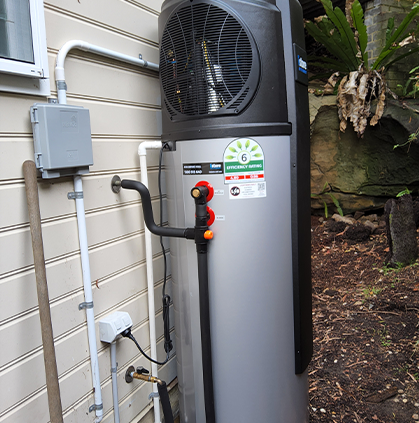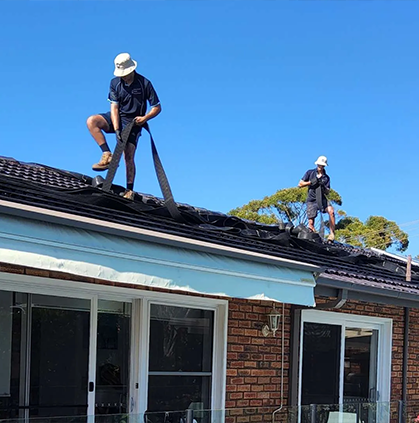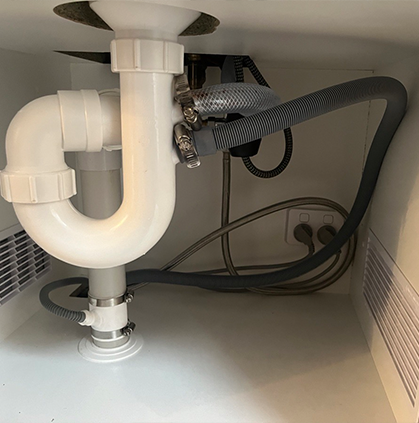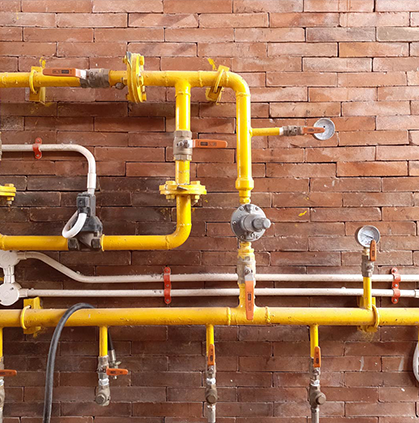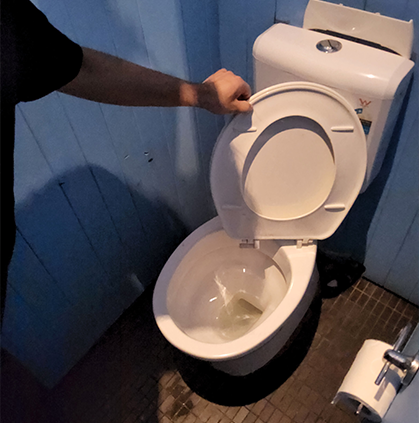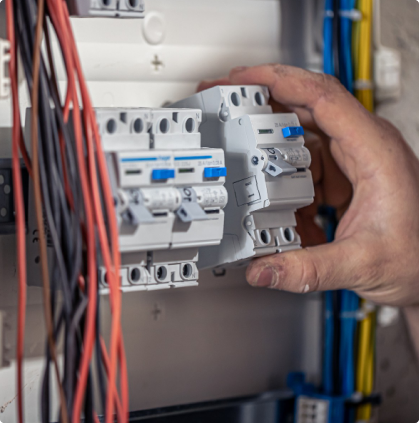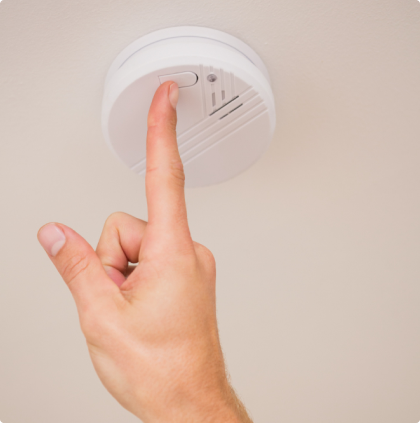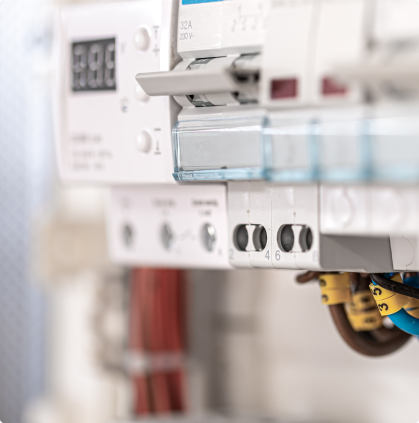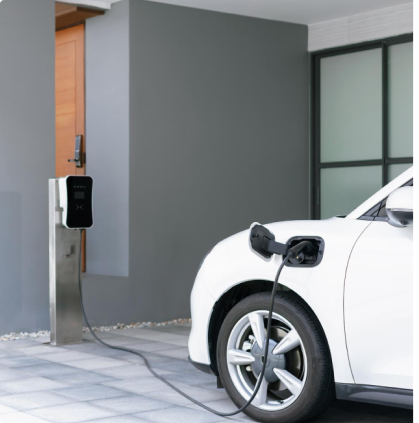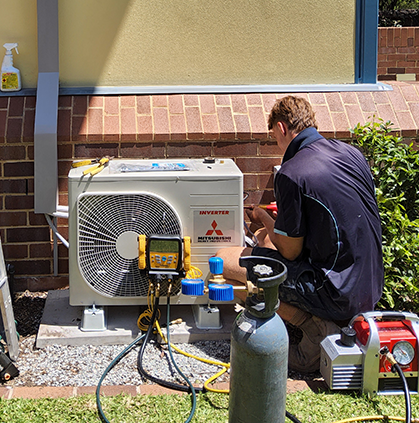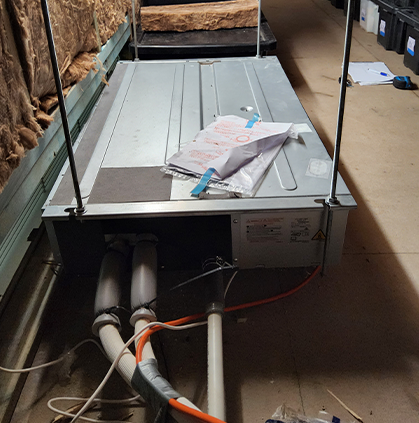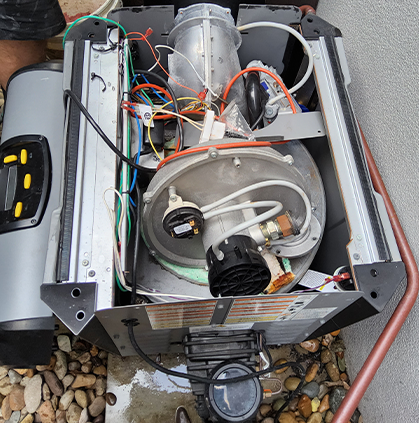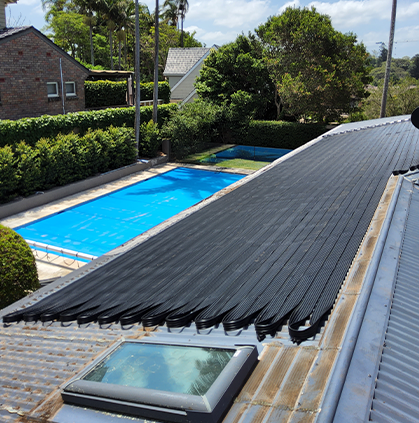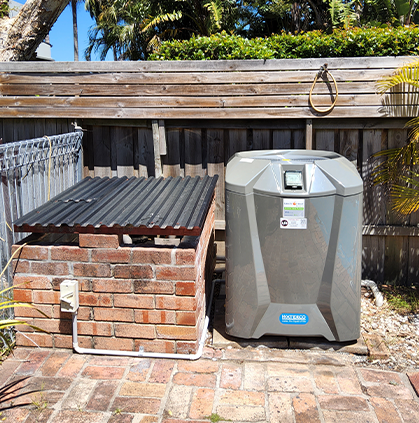Hearing loud noises from your pipe that interrupt your good night’s sleep? That could be due to air in the water pipes.
There are two ways to go around this: fixing the problem yourself or calling a general plumbing professional.
I’ll show you the quick fixes along with common causes to ensure that the problem doesn’t persist.
Common Causes of Air in the Water Pipes
At times, it can be hard to see signs of air in the water pipes. But you don’t actually have to take out your pipes to see if there’s air in them. Here are some telltale signs.
1. Leaks in the Pipelines
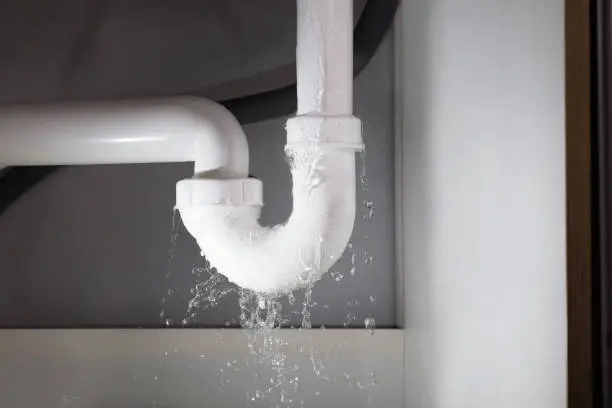
Here are some dead giveaways that your pipelines are leaking:
- Water stains all over the walls, floors, or ceilings
- Drips or pooling water near joints or textures
- Hissing or dripping sounds when water isn’t being used
- Sudden increase in water bills
Try to shut off all water-using appliances. If the water meter continues to run, there’s a leak.
Leaks in pipework create an entryway for air to come in. Once that happens, there’ll be an imbalance with your home’s water supply network, creating water pressure issues.
2. Faulty Well Pumps
When you shower, does water sputter when you first turn it on, only for the flow to weaken and drop to a trickle after a few minutes?
Faulty well pumps might be the culprit. They allow air to be sucked into the system, especially when the pump isn’t running.
The air in the water pipes stresses your home’s plumbing capacity, reducing pump efficiency and potentially damaging appliances like washing machines or water heaters if left untended.
3. Water Main Maintenance
Certain modifications to the water lines, whether in your home or your neighbor’s property, can alter your water flow. That’s because sections of the pipeline are often drained, depressurized, or even replaced.
During this process, air easily makes its way into their pipes, traveling through the distribution system and eventually settling their way to your home.
What are Problems Caused by Air in Water Pipes?
Most people don’t think that air in water pipes is that serious. Let’s break down what could potentially happen if the issue remains unsolved:
1. Noisy Water Pipes
Gurgling, banging, hammering – air in water pipe noises can take many forms. But one thing is sure: they’re unsettling. If you work at home, they can destroy your zen moment.
Not only that, but constant vibration can loosen pipe fittings and weaken joints. Many people are surprised to see inflation in their water repair bills. This all starts with small signs that are left unaddressed.
2. Mold Growth
Air in the water pipes leads to leaks. Excess moisture will seep into walls, ceilings, or floors – as previously explained – and they spread quickly in poorly ventilated spaces.
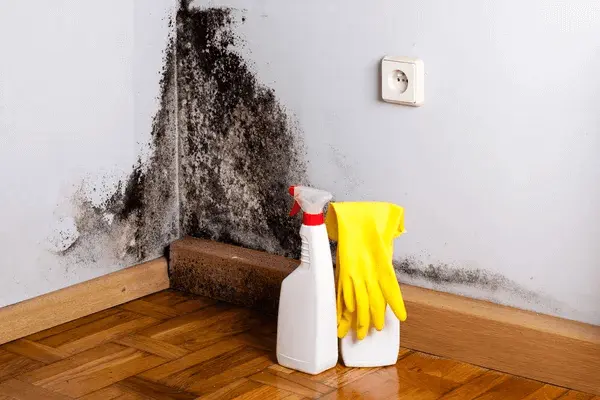
This mold doesn’t just leave behind unsightly black and green patches. It produces a musty odor, and when inhaled, it can trigger health problems like allergies, flare-ups, asthma, and respiratory irritation.
3. Reduced Efficiency in Water Heaters
Picture this – a hot and relaxing shower. But as soon as you turn on the knob, you’re hit with an icy blast of water. Air in water pipes puts extra strain on faucets, shower valves, and other fixtures.
Over time, they shorten your shower’s lifespan. You’ll end up frequently replacing your bathroom plumbing systems, only for the problem to return as the root cause remains unfixed.
How to Spot Air in Your Water Lines?

Getting air out of water pipes might be your new fixation. But first, you’ll need to spot if there’s air trapped in your water lines.
Here are some methods to try out:
- Turn on your tap water. If the water spurts, splashes, bursts, and overall doesn’t flow smoothly, air pockets are probably trapped inside the pipes.
- Unusual noises. Sometimes, you don’t have to listen closely to hear all the banging and hammering. That’s because air is moving throughout the lines along with water.
- See the color of the water. Try to fill a glass of water. If the content looks murky, cloudy, or white but clears up from the bottom within a few minutes, don’t mistake it for dirt. They’re micro air bubbles dissolving.
How to Remove Air in Your Water Pipes?
Take your adjustable wrench, bucket, screwdriver, and towels out. It’s time to do the hard work.
1. Open All Faucets and Fixtures
Air needs a path to escape, and your faces are the doors that let it out. Consider all the faucets and fixtures in your house.
Sinks, showers, bathtubs, laundry taps, or outdoor spigots. Turn every possible outlet on – on all cold, then on all hot – to release any trapped air. If you have a toilet, try flushing it.
2. Reintroduce Water
Now that your fixtures are open like a book, restore the water supply. Locate the main valve, or the control center of the water supply in your home, and turn it on.
Air will escape through the faucets while the system repressurizes. How long does it take to get air out of water lines? You may need to wait 10-15 minutes until the sputtering stops.
And if you see any spills, take a rag and wipe them up right away.
3. Monitor Water Pressure
Check the pressure at different faucet locations. If there’s still irregular flow, repeat the flushing process. Follow the proper sequence and allow enough time at each fixture.
How to Prevent Air in Your Water Pipes?
Pretty straightforward: carry out routine maintenance. Inspect your pump and plumbing systems periodically to catch small issues before they escalate into bigger problems.
Aside from that, check your water pressure. Remember, sudden drops or spikes are abnormal, and they might indicate leaks or pump issues that allow air to enter.
Conclusion
While basic maintenance and flushing can be handled on your own, at times, the issue runs deeper. Faulty well pumps, hidden leaks, or a damaged valve don’t reveal themselves on the surface.
So, call a trusted plumbing service like Lightning Bult, as we have the right tools to diagnose the symptoms and fix the issues.



